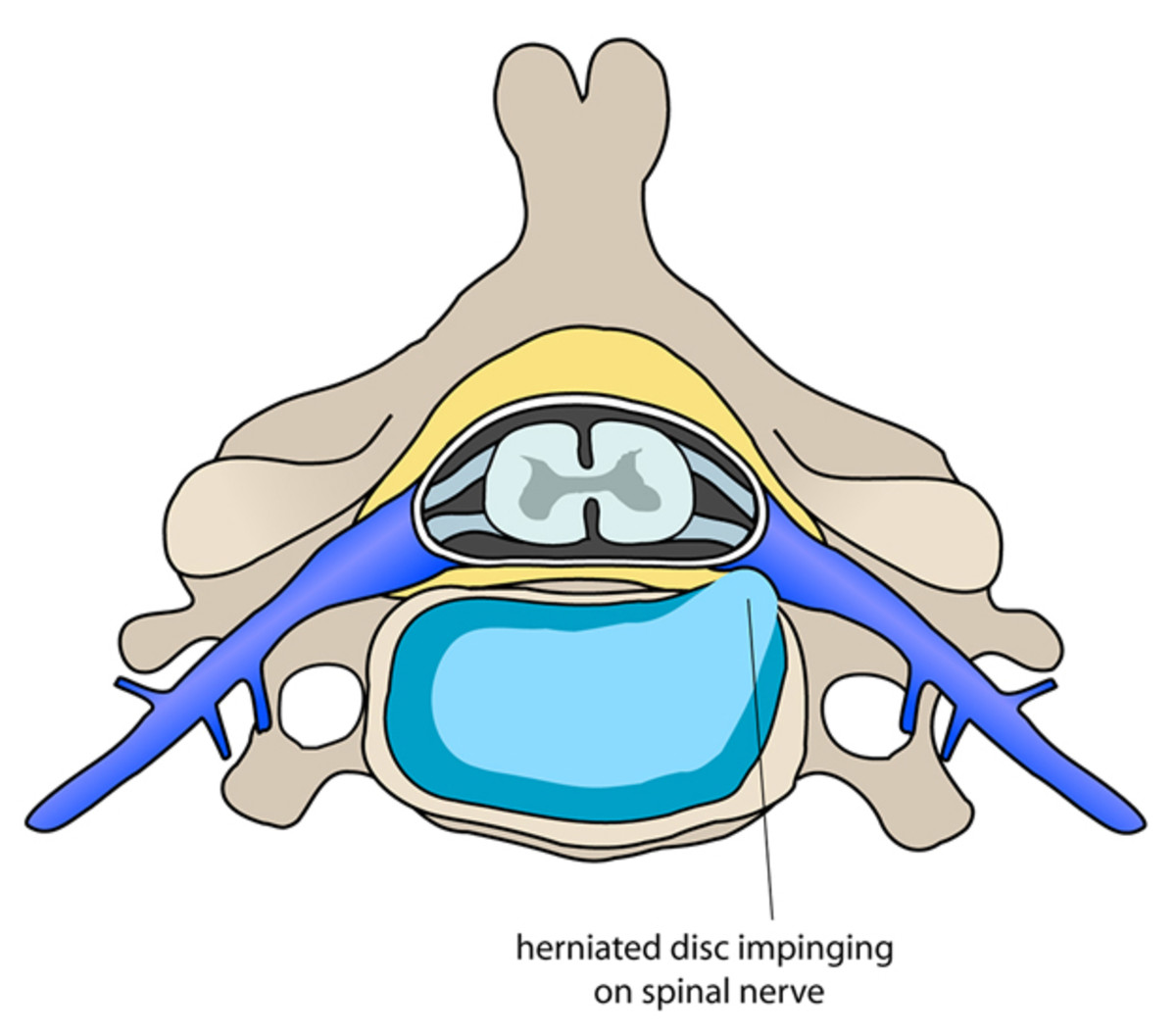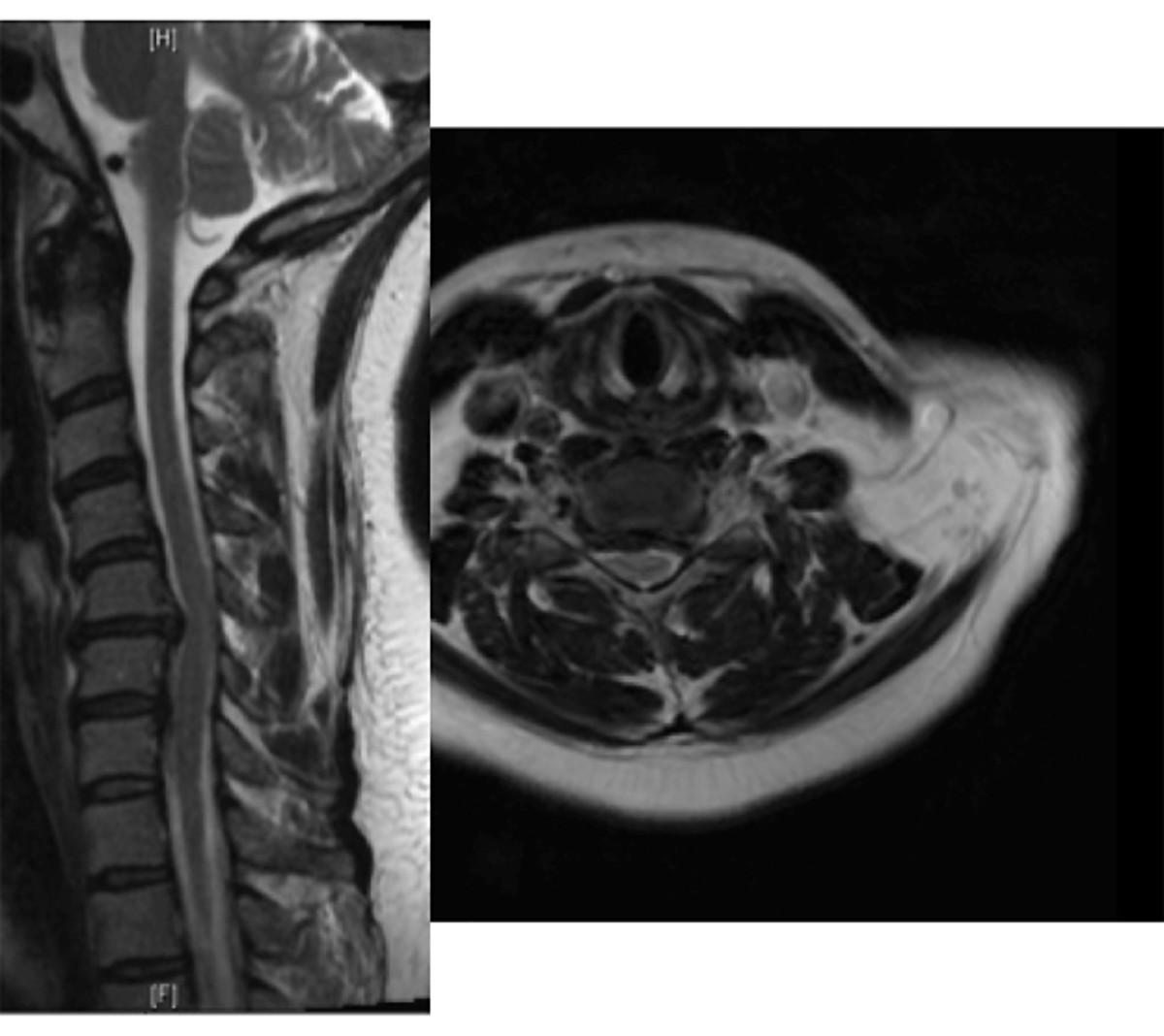Interest growing in Peyton Manning-like neck injuries in the NFL, MLB

This is the third in a series of sports medicine articles from the Rothman Institute. Series Editors are Rothman doctors Richard H. Rothman MD, and John A. Anderson MD.
Since Peyton Manning missed the entire 2011 season after undergoing an anterior cervical discectomy and fusion to treat a pinched nerve in his neck, there has been an increased focus in both the media and the medical community on athletes with similar injuries. One of the most common causes of a pinched nerve in the neck is a herniated disc. Approximately 1% of all athletes at the NFL combine have a history of a cervical disc herniation. Interestingly, while this is a common injury, a history of a herniated disc in the neck has been shown to not affect an athlete’s performance in the NFL.
The intervertebral disc is a shock absorber that is located between the bony vertebral bodies in the neck, upper and lower back. It is composed of a firm outer layer and a gelatinous inner layer. When the outer layer is injured, the inner layer is extruded and can result in a pinched nerve. While common in professional football players, these injuries are not limited to contact sports as Major League Baseball players such as Nick Markakis and Prince Fielder have all been diagnosed with a herniated disc in their neck.
The keys to living a healthier lifestyle
Most commonly, a herniated disc pinches a nerve after it has branched off of the spinal cord, and the injury results in shooting pain that starts in the neck and extends down one arm. In severe cases, this can be associated with arm numbness and weakness. While all athletes who experience these symptoms should see a medical professional, rest and anti-inflammatory medication will alleviate these symptoms in the vast majority of patients; however complete resolution of symptoms can take weeks to months. Strenuous athletic activity in the setting of ongoing symptoms is not recommended as this may worsen the symptoms.
Additionally, the pain associated with a disc herniation often leads to muscle cramps in the neck, which may prevent athletes from being able to turn their heads rapidly to identify the location of the football, tacklers, or other possible dangers that are common in athletic activity. Once the severe pain has resolved, physical therapy is beneficial to help regain the range of motion and strength in the neck and arms. Athletes should not return to sporting activity prior to regaining full range of cervical motion and strength.

If anti-inflammatory medication and rest does not relieve an athlete’s symptoms, surgical intervention is extremely effective at addressing an athletes arm pain. A surgeon can do this from the front of the neck by removing the entire intervertebraldisc and stimulating the two vertebral bodies to fuse together. While this is the most tried and true method, athletes should not return to play until the bones have fused together, and this often takes between 6-12 months. Furthermore, if the bones do not completely fuse together, additional surgery is needed prior to returning to most athletic activity. Conversely, in select cases, surgeons may be able to remove only the extruded piece of disc from the back of the patient’s neck, and if this is possible, the athlete may be able to return to athletic activity substantially faster. Regardless of the surgical treatment, patients should not return to sporting activity until they have regained complete range of cervical motion and strength in their neck and arms.

Rarely, herniated discs in the neck can lead to compression on the spinal cord. This often leads to difficulty with balance, numbness and tingling in the hands, weakness is the arms and legs and rarely difficulty controlling one’s bowels and bladder. If any of these symptoms are present, athletes should seek immediate medical care, as prompt surgical intervention may be needed.
Herniated discs in the neck are a common problem for athletes, and while the initial pain and weakness can be startling, most athletes are able to make a complete recovery from the injury in the absence of surgery. In athletes whose symptoms do not resolve, surgery can allow athletes to return to even high-energy contact sports.
Alexander R. Vaccaro MD, PhD is one of the world’s most eminent spine surgeons and President of the Rothman Institute. He is also Richard H. Rothman Professor and Chairman, Department of Orthopaedic Surgery at Thomas Jefferson University in Philadelphia and Past President of the American Spinal Injury Association. Dr Vaccaro is Chief Spine Consultant to the all the Philadelphia Pro Sports Teams: The Eagles, Flyers, Phillies and 76ers.
